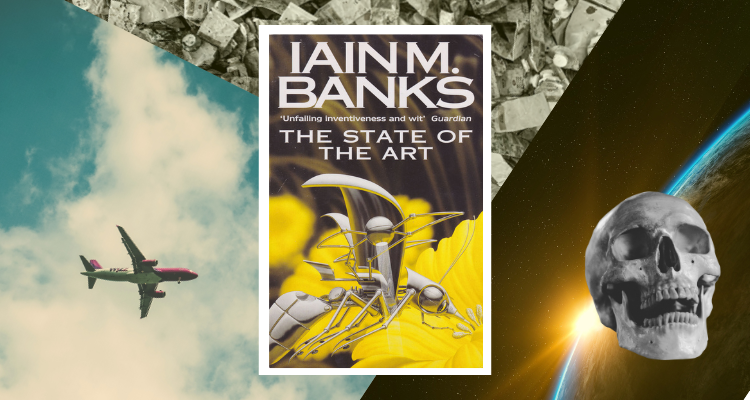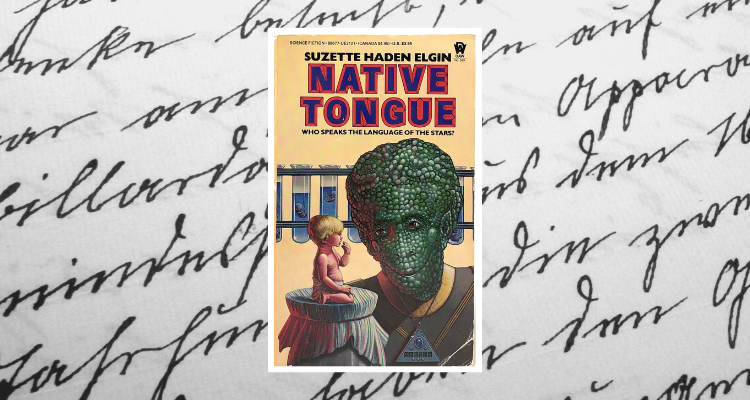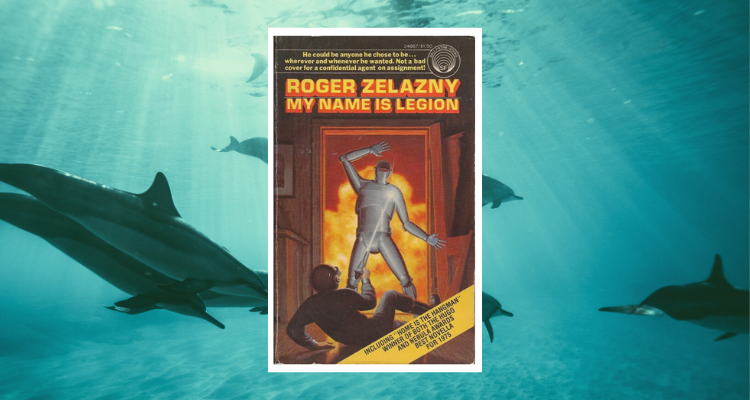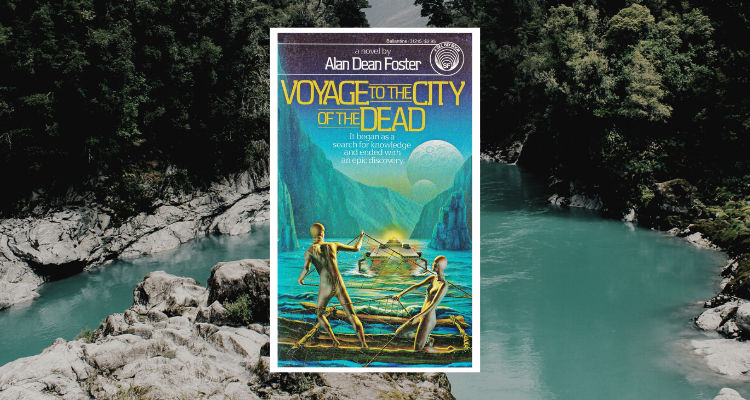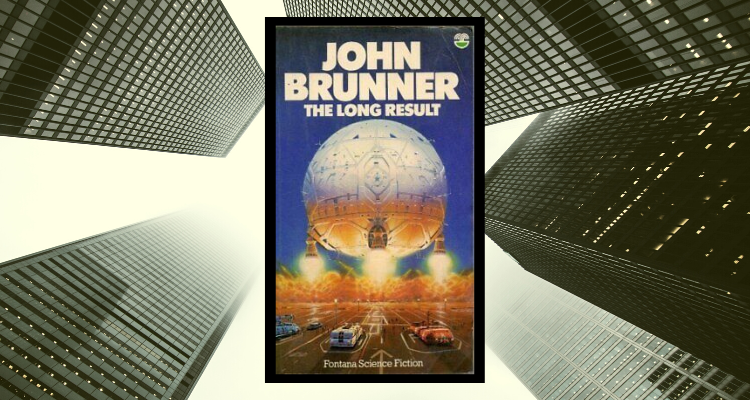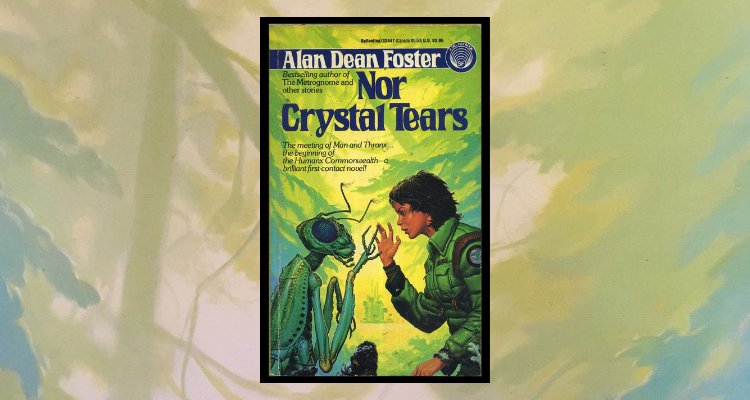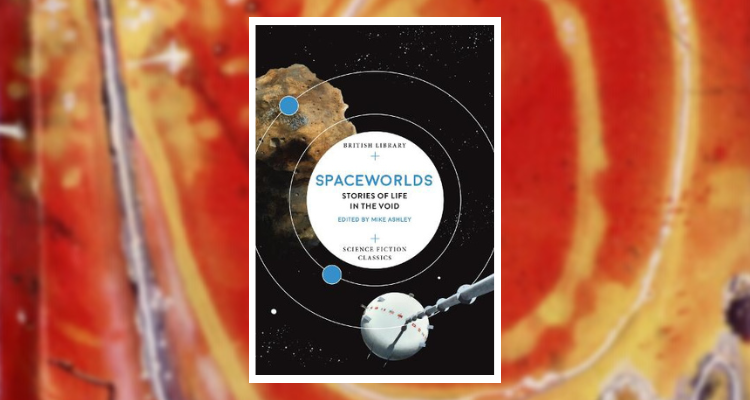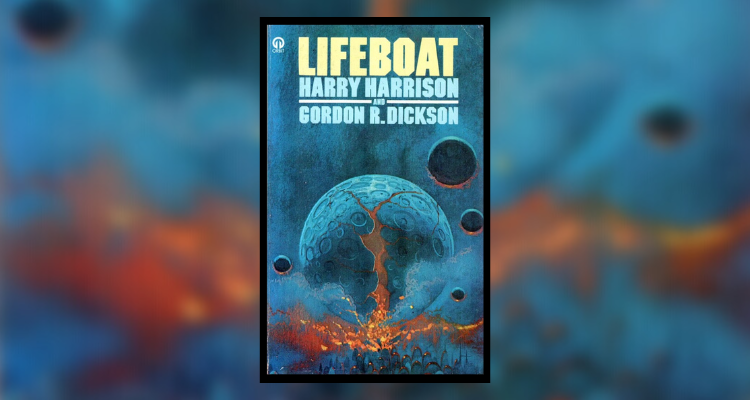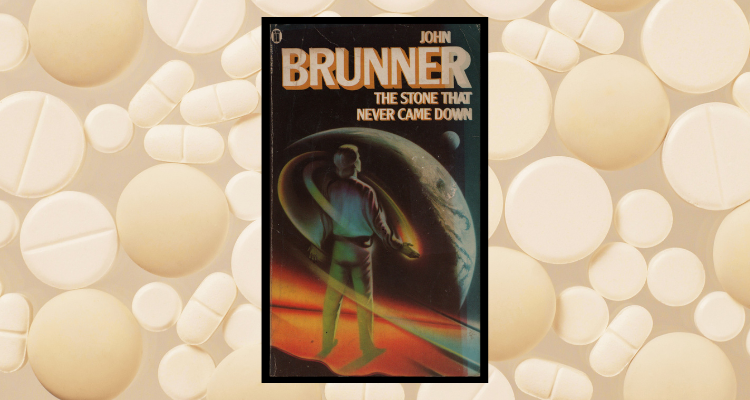|
By 1991, the Scottish author Iain M. Banks was very much one of the rising stars of science fiction. He had already published three SF novels: Consider Phlebas (1987), The Player of Games (1988), and Use of Weapons (1990). While Banks was solidifying his reputation, his earlier short fiction was not widely available and the collection The State of the Art was published to rectify this.
The collection contains eight stories, all originally published in the brief period between 1987 and 1989. The book could have become a relatively minor part of Banks’ bibliography, but instead it has an important place. This is largely because it contains three short stories concerned with The Culture - the author’s acclaimed post-scarcity SF setting for most of his genre novels. The short stories “A Gift From the Culture” and “Descendant”, as well as the novella “The State of the Art” are therefore essential for anyone interested in that setting. What follows is a brief overview of all eight stories featured in The State of the Art, which serves as a good, brief introduction to Banks’ work - including the iconic Culture.
0 Comments
One interesting thread that runs through the history of science fiction is the changing depiction of Mars. As science has gradually expanded our knowledge of the “red planet”, fiction has changed to accommodate new information. Key novels like The War of the Worlds (1897), A Princess of Mars (1912), The Martian Chronicles (1950), the Mars trilogy (1992 - 1996) and The Martian (2011) all chart this shifting perspective.
An important milestone in this history is the flyby conducted by the Mariner 4 mission in 1965. The visit cemented the new understanding of a lifeless, desolate Mars so thoroughly that stories about the planet can be divided into pre-Mariner and post-Mariner eras. After the 1960s, some writers still wrote nostalgic stories that explored the romantic, adventurous, and inhabited Mars that never was - as in the anthology Old Mars (2013) edited by George R. R. Martin and Gardner Dozois. Arthur C. Clarke’s novel The Sands of Mars occupies an interesting and unusual position in this history. One of the author’s earliest books, it was published in 1951, long before the Mariner 4 flyby. However, its portrayal of the red planet is much closer to reality than other books of its era. In keeping with his hard science fiction approach, Clarke adhered to the emerging ideas about Mars. This book deals thoughtfully with the challenges of reaching Mars, of surviving on the surface, and even of making it more Earth-like. In the wider context of Clarke’s glittering career, The Sands of Mars is a minor novel. It is an interesting one, though, for a number of reasons - not only due to its view of Mars. Because its main character is himself a science fiction author, it has a kind of meta quality. It can also be said to serve as a kind of spiritual prequel to Clarke’s later book set on Earth’s moon, Earthlight (1955). Finally, it represents a prototype more generally for the author’s later books, which present a similar positivist view of humankind’s future.
Recent years have seen the rise of feminist dystopias - stories focusing on societies in which women are an oppressed underclass. Building on and examining the actual sexism in our real, contemporary world, these works represent a significant trend in social science fiction. It has been suggested that the uptick in this genre has coincided with specific real-world developments, especially in the United States - notably the Trump presidency and the overturning of Roe v. Wade.
Probably the best-known feminist dystopia, however, is much older - Margaret Atwood’s 1985 novel The Handmaid’s Tale. The book was a major success at the time, and was popularised again by the TV adaptation which premiered in 2017. But The Handmaid’s Tale was not the first book of its kind. Published in 1984, Native Tongue is a science fiction novel by Suzette Haden Elgin which also takes the form of a feminist dystopia. It uses a different approach to Atwood’s work, partly because it fuses its feminist message with discussion of a particular science, and Elgin’s profession: linguistics.
Between 1969 and 1975, American author Roger Zelazny (1937 - 1995) wrote three stories featuring a nameless trouble-shooting protagonist in a highly computerised future. The book My Name Is Legion collects all three of these tales, the third of which won both the Hugo and Locus awards for Best Novella in 1976.
Today, Zelazny is best known for his Chronicles of Amber fantasy series, published between 1970 and 1991, and to a certain extent for his influential post-apocalyptic science fiction novel Damnation Alley (1969). The stories collected in My Name Is Legion are an interesting, if uneven, window into Zelazny’s short fiction.
For scientists of the Humanx Commonwealth, the planet Horseye is the site of many unexamined wonders. Its unique and dramatic topography has given rise to three distinctive sentient species, who each occupy a specific ecological niche. When a pair of bickering, married human scientists set out on an epic journey of exploration, what they find could make their careers - if they survive.
Voyage to the City of the Dead is the fourth standalone novel in the Humanx Commonwealth series by Alan Dean Foster. It combines some aspects of the previous three books; the deadly fauna of Midworld (1975), the aquatic settings of Cachalot (1980), and the interspecies relationships of Nor Crystal Tears (1982). While on one level the book is a relatively straightforward science fiction adventure, it also features interesting speculations about geology, ecology, and alien cultures. What initially seems like a minor side-story in Foster’s fictional universe ultimately ends with some major revelations of galactic significance.
The idea of humans mastering spaceflight, venturing out into the stars, and encountering alien species is one of the most commonly recurring concepts in science fiction. Often, humankind is presented as a latecomer to galactic affairs, and stories often feature numerous more advanced species. But what if humans were instead the first to explore the galaxy? Might some people become convinced of the innate superiority of the human species, and use violence to keep humankind on top?
This is the premise of The Long Result, a 1965 novel by British author John Brunner. Written between his earlier space operas and his later, more ambitious books, this novel can be thought of as a transitional work for Brunner. While it by no means reaches the heights of his best work, it does deal thoughtfully with some intriguing ideas.
In Alan Dean Foster’s Humanx Commonwealth series of science fiction novels, a unique union between humans and the insectoid Thranx race becomes a major power in the galaxy. Two species that are so different in appearance and mentality seem destined to mistrust and fear one another - so how could they overcome these differences?
Originally published in 1982, Nor Crystal Tears is the third standalone entry in Foster’s series, and begins to answer exactly that question. Set earlier in his fictional chronology than any other story, the novel focuses on the very first contact between humans and Thranx. Unusually for a story of this type, it explores not the human perspective, but instead the alien one. The protagonist is Ryozenzuzex, a Thranx agricultural expert living on the peripheral world of Willow-Wane. While he initially seems an unlikely hero, Nor Crystal Tears explores how Ryo’s actions change the course of history.
“Science Fiction Classics” is a series of anthologies and books of republished fiction produced by the British Library and edited by Mike Ashley. Each of the anthologies focuses on a specific recurrent topic in science fiction and includes a mix of well-known and rediscovered stories.
Published in 2021, Spaceworlds collects fiction dealing with life inside space habitats of various kinds: starships, stations, generation ships, and even a “space shield”. The nine stories cover a relatively short period of science fiction history, from 1940 to 1967. Note that I have omitted one of the stories, “The Ship Who Sang” by Anne McCaffrey, because I have read it previously and did not re-read it.
This short collaborative novel, originally serialised in Analog magazine in 1975, focuses on humans and aliens trapped together in a cramped interstellar escape module. Despite a promising start, Harrison and Dickson struggle to wring much interest out of this concept.
Prolific British science fiction author John Brunner (1934-1995) was known for the predictive power of his work. Although set in the 1980s, his 1973 novel The Stone That Never Came Down anticipates the declining, crisis-stricken UK of 2022.
|
About
Exploring classic science fiction, with a focus on the 1950s to the 1990s. Also contributing to Entertainium, where I regularly review new games. Categories
All
|
